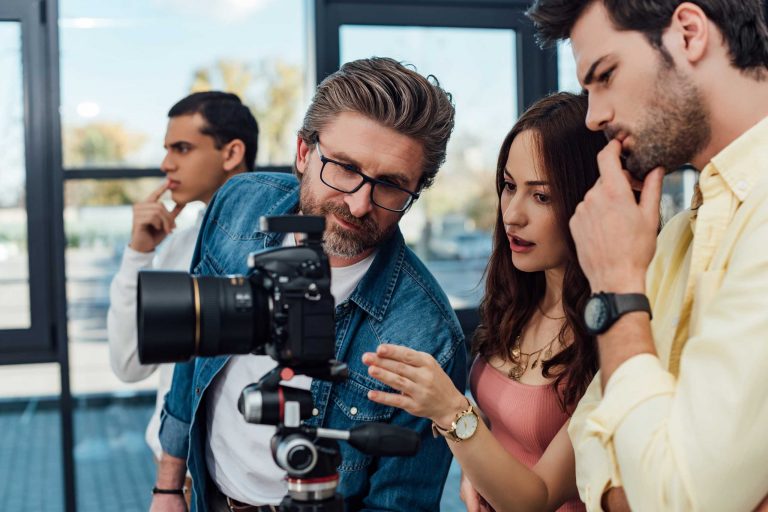Directing a film is far more than simply telling actors what to do. It is the careful orchestration of storytelling, visuals, performance, and emotion, all woven together to create a captivating experience for the audience. Every director develops a unique voice, a personal signature that distinguishes their work from others. Understanding how to cultivate that voice is one of the most important steps in your filmmaking journey.
Exploring Your Vision
Before stepping onto a set, a director must fully understand the story they want to tell. This begins with asking essential questions:
- What emotions should the audience feel?
- Which themes or messages need emphasis?
- How can visual style reinforce narrative intent?
Writing notes, creating mood boards, or even sketching scene layouts can help solidify these ideas, turning abstract thoughts into concrete plans.
Working with Actors
A director’s ability to communicate with actors can make or break a film. It is not about commanding performances but fostering collaboration. Techniques include:
- Conducting detailed rehearsals to explore character motivations.
- Encouraging improvisation to discover unexpected, authentic moments.
- Maintaining clear, supportive feedback that nurtures creativity.
Through trust and open communication, actors can bring the story to life in ways that exceed initial expectations.
Visual Storytelling
Cinema is a visual medium, and directors must think beyond dialogue. Camera angles, lighting, color palettes, and movement all contribute to the story. Consider:
- How framing a scene can emphasize power, isolation, or intimacy.
- Using light and shadow to convey mood.
- Planning movement within the frame to enhance tension or focus.
Directors combine these elements with narrative pacing, ensuring that every shot serves the story.
Collaboration Behind the Scenes
No director works alone. Successful films require seamless collaboration with cinematographers, editors, sound designers, and production teams. Key practices include:
- Holding regular production meetings to align vision.
- Encouraging team input while maintaining creative direction.
- Understanding technical aspects to make informed decisions during shooting.
This collaborative approach ensures a coherent and polished final product that reflects the director’s vision while respecting each department’s expertise.
Conclusion
Finding your unique voice as a director is a journey of experimentation, reflection, and constant learning. By combining personal vision, actor collaboration, visual storytelling, and teamwork, you can create films that resonate deeply with audiences. Remember that every great director started with curiosity, persistence, and the courage to explore uncharted creative territory.




